
After a whole month of reading through, talking and thinking about this post, the person who it mainly involves has finally given me permission to share it with the world. In his words; including the Australians, New Zealanders, people on those small islands if they have Wifi, Africans, Americans, Hawaiians if they are not just relaxing at the beach all the time, the Europeans who can can read English and the Chinese, Japanese, Indians Russians and Mexicans. Did we forget anyone? I’m sure that we did, there must be more countries than that. At least I know he really understands that sharing online means anyone can see and read it.

If there is such a thing as a ‘homeschooling’ closet then today marks the day of me coming out of that closet. It has taken more than four months to write this post and I hope that those of you reading it will appreciate the angst and uncertainty I had about putting these words into writing. Every morning for the past 4 months and the many months before making the decision to homeschool our 8 year old son, I have woken up and felt rather overwhelmed with this burden of knowing that one day I would need to come out and explain it all. I have mostly felt waves of guilt, as though I am some sort of traitor. After all, I am an educator myself and taking my child out of a formal education system is making quite a massive statement. Yet not talking about it made me feel like I wasn’t being authentic and true to myself, family, friends and those of you following this blog.
After some unexpected changes to our son’s schooling options, we decided to take a year or two out of the daily grind and are currently living in a quiet sea side village. We are enjoying the slower pace so much that it may just turn into a life in an off-grid bunker, full of books, art and music in a village surrounded by nature and all things authentic. Well that’s the plan if the world doesn’t start getting real again, but I know it will. It has to. I know that at the moment we are seeing a rise in ‘fake everything’ and that’s good. The more unauthentic we become, the more driven we will be to find our truth again. I am excited about the changes we will see in the world and in education systems but acknowledge that change does have some bumps and challenges along the way.

Unfortunately many schools have also become caught up in the unauthentic and perfectly presented version of our time, striving to be the best school on the block. Not intentionally, but passively and maybe without even realising it as they cater to the fears and anxieties of parents to provide our children with the best. If there’s one thing I would like to see phased out sooner rather than later is this whole hype about the best school and the worst school. Seriously, are we happy to send our own children to the best school knowing that other children are at the worst school. Does this make us feel superior as parents that we can give our children more than other parents can as though our love and intentions are greater than theirs. Shouldn’t we all be wanting the same for every child. After all, when school ends, the children from the best schools will still be living in a world with the children from the worst schools.
The best school is not the one with the best results. That only shows that the students are good at tests. Often, ‘the best schools’ have a selection process that allows them to choose the most academic students ensuring high academic results which says nothing about the quality of teaching and learning. The best schools are actually schools that have a culture of building confident students. Students who have a voice and who are decision makers in their own learning. The best schools create students who are not afraid to walk straight up to a 6ft something principal, take a hold of their tie and say “nice tie”. (That is a true story and some of you reading this post may know exactly what I am talking about) So when you take away academic results as a way of determining which schools are the ‘best’ then every school has the potential to be the best school and every school should.
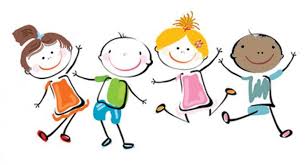
I am forever grateful that I have been part of such schools and so I know they do exist. This is what gives me hope. I know and trust that there are more teachers and leaders out there fighting for what is right and what is important for student learning in the 21st century than there are teachers and leaders who are addressing their own egotistic needs and demanding full control. Giving teachers a voice in the staffroom is just as important as giving students a voice in the classroom. One person or a leadership team or worse still, a government, should not be driving the tour bus without allowing everyone on it to take part in writing the itinerary.
Eventually we will be back at school again because nothing can replace the power of peer learning, collaboration, sharing and being part of a vibrant learning community. For now, we are enjoying less routine and structure, more exploring, travelling and real life learning. An adventure and time that we will reflect upon and cherish as wonderful memories.

So you may want to know what happened? What was the the drama, the story, the failure. What was it? Well there was no drama, it was nothing really, other than my belief as a parent and an educator in 2017 that children should have daily access and opportunities for 21st century learning, including 21st century social and emotional learning such as mindfulness. Now if the 21st century was something in the future then maybe I wouldn’t have such an expectation. However, we are now 17 years into the 21st century and to be educating in this time without having any understanding or even willingness to open up student learning into the 21st century is unacceptable.
To see our curious, enthusiastic, creative, inquisitive and ‘thinking’ child turn into a worksheet zombie doing hours of homework every night on meaningless and random worksheets was very hard to watch. To see him hate learning, cry and stress because he didn’t have time to play with his friends due to mountains of homework was heart breaking. Knowing that the teacher was working tirelessly to find, copy and correct worksheets and homework instead of having an opportunity to plan and work collaboratively with other teachers made me feel extremely guilty for hating the ‘work’ that our son was doing.

I learned that everyone hates it but nobody says anything and people just keep doing the same thing, afraid to share their views because the judgement and perception would be that their child cannot cope. This is the story, this is how it goes. Some people can cope and work the system and others cannot. Those who cannot are labelled as failures. In fact, my son could cope, he was receiving A’s and 1’s, if that even means anything because it didn’t mean a thing to me. But coping came at a cost and that cost was losing his own way of thinking, his own problem solving strategies, creativity, making connections and really, just thinking.
I do know that many well-intended parents are so set on the academic results that they ignore the signs and indicators that are showing them that those results do come at a cost. In one way you can argue that parents are just preparing their children for a world that operates in such a way. They are giving their children a head start. After all, success in our world is not measured by how happy we are or how authentic we are. Success is measured by titles, money, positions, assets and wealth. Success is measured by being better than others. I have discovered that having expectations that are centred around happiness and saying them out loud puts you in a box labelled ‘crazy lady’.

Instead of choosing to prepare our child to ‘cope’ in the world the way the world is, like it or not, we are simply choosing to prepare our child for a world that can be through imagination, creativity, curiosity, collaboration, community, LOVE, skills that are adaptable, learning that is autonomous, life-long and meaningful. We are helping him to be a true expression of his authentic self by being true and authentic ourselves.
But still I am left to wonder; how do we teach our children to be authentic and real in a world that has become complacent and comfortable with being fake. I am yet to find the way. Although I do not have an answer or any instructions, it doesn’t mean I cannot take action. It isn’t easy, in fact it is harder than just staying on the path most travelled even if that path is a daily dose of stress, frustration and all things other than joy. But somewhere, deep in my heart I trust the process of life and of learning in such a way, I know all that I need will be revealed to me just as I need it. I also know that nothing will be revealed nor will anything change if I don’t at least take that very first step. So it is with our children. It is not the job of teachers and parents to fill children’s minds with facts and knowledge. Our job is to inspire, encourage and believe in our children in such a way that they are jumping at the chance to take their first step and never want to stop. This can only take place in a learning environment that supports teachers. There is so much evidence of this. Every child deserves to be educated in a setting that truly provides teachers with all the support they need so that their energy and creativity is going into the direction of student needs rather than ‘school outcomes’. The same can be said for any workplace. Imagine the quality of work and joy that can be achieved.
Knowing what I know about the future which is basically not knowing anything at all about the kind of future we will be sending my son and other children into, makes me know for sure that they will not be prepared. If all that students are learning is to do their work quietly and be good, make the teacher happy by letting the teacher present his/her lesson according to his/her plan, not asking any questions, not talking to anyone in the class, finishing the work as fast as they can, remembering things so that they can pass a test, then no, students will not have the skills needed to make it in a fast changing 21st century world. They will continue the process of . . . do the work, don’t think, keep working, don’t question, keep working even if you hate it, keep working even if it’s making you sick, forget learning, forget dreaming, this is life, this is reality, get over it. Do we really want a world full of unemployed and unfulfilled young adults who are being judged as ‘lazy’ as if it were all their fault. After all, they just did what their parents and teachers advised them to do. Go to school, get good grades. The pathway to success.
 (Picture from The 1982 Kids’ Whole Future Catalog)
(Picture from The 1982 Kids’ Whole Future Catalog)
Now I know this post may strike a nerve with some and this is really just an opinion based on my own experience, but please hear me out. I am not saying that my son is so amazing and special that he needs some sort of exceptional education. For the record, what I want for my son is what I want for all children. An education that develops an understanding that learning brings joy, fulfilment and empowerment rather than pain, suffering and a feeling of being judged, compared and controlled. I want with all my heart that we can say schools are amazing platforms for collaboration and inquiry. That schools build confident, happy, responsible, respectful, emotionally healthy and capable young adults who are ready to make positive contributions to their world, whatever that world may look like.
Expecting teachers to engage 21st century learners in a system that operates in the same way it did 100 years ago, is the same as expecting a surgeon to perform an organ transplant with nothing but a blunt knife.

Taking our son out of school which meant having to say goodbye to his friends and familiar settings was not easy, especially after having recently relocated from Australia to Europe. In fact my heart still aches just thinking about it. In real life learning however, we are showing him that there are always options in life and you should never resort to being ‘stuck’. Learning in an environment that is obsessed with testing, grading and working silently is not a place where we want our child to be educated. What children experience is what they become and I can say without a doubt in my mind that after 18 months in such a setting our son disappeared into his environment and we could barely recognise him. So with heavy hearts, disappointment and frustration over having to create a solution for a problem that came upon us unexpectedly, we took him out of his ‘new’ school. With nothing but a deep feeling of trust that some short term difficulty will one day all be forgotten in the benefits of long term gains. It didn’t take long, slowly we got him back and this is how it unfolded.

As we started with an inquiry approach to learning, he was unable to articulate his thinking because he was afraid that it wasn’t right. He couldn’t ask any questions without being prompted. Instead, he kept asking if this was a test. He constantly wanted to know which ‘subject’ would be next and how long it would go on for. He was never really present in the moment. We had to do a lot of breathing, relaxing, lowering the shoulders and reassuring him that making mistakes is a wonderful part of learning. This was not easy for a child who had learned that making mistakes was bad.
He kept referring to himself as dumb which was heart-breaking.
The first month was really all about building self-confidence and reintroducing him to inquiry learning, thinking skills and taking risks.
Convincing him that learning is fun, interesting and empowering in that it gives us skills to take action was a very difficult task but eventually through experiencing it, he began to really own and feel the learning in such a way.

By the second month he was singing daily. Oh this was so nice. He would just whistle, hum and sing.
He was more relaxed than ever before and always happy.
He started asking questions again and making connections through real-life learning.
He could slow down and experience being bored, even inventing his own play.
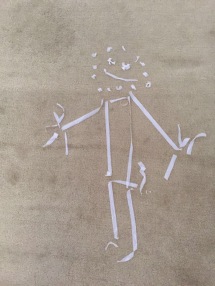
His reading improved as he began reading what he was interested in.
His spelling improved without any spelling tests, spelling homework and those awkward spelling sentences.
He learned his 2, 4, 3, 6, 5, 10, 11, 12 times tables through playing games, making connections, using concrete materials and finding patterns. Most importantly he halved the work himself by discovering that 2 is half of 4 so if he knows his 2’s then he doubles them for the 4’s, same goes for 3 and 6, 5 and 10. He learned the meaning of multiplication and with prompting began to articulate his thinking.

The third month continued with more moments of wondering, exploring, questioning, finding out, making connections, creating, using new knowledge, skills and understanding to take action, do something with it, apply it, use it, make it real, flaunt it!!

Now into the fourth month, he is planning to start a business selling drinks to the tourists who pass our house every day. He even suggested that it would be better if the customers paid in euros instead of the local currency so that he could choose when to convert the money and maximise his profits when the exchange rate is higher. Although it is illegal to accept a foreign currency for goods and services, not bad for a child who was labelled as ‘slow’ at math. Which he is, if you’re judging him on his ability to complete a worksheet in a set time. However, we are raising a child and not a calculator so that didn’t bother us too much.
Let kids be real and authentic versions of who they are meant be so that they can be happy. So that they LOVE and respect themselves in order to be able to LOVE and respect others.

Dear Adult JTLYK about authenticity,
Authentic means real. Living things are real. People are living things so we should be real. Real things grow, live and die. Living things need to be cared for. Living things need water, food, love, rest and shelter from bad weather.
Living things always give something to the world. Even a worm gives the world good soil so that more living things can grow but a worm can only do that by being a real worm. If a worm was trying to be like a snail, the worm would not be giving the world it’s gift of making good soil.
A lot of things happen to living things when they’re alive but one thing stays the same. The living thing is always what it is. A living tree does not become a dog, or a person does not become a tree, unless you are doing yoga. But you’re not really a tree. You are still a person. Even when you are wearing a mask, the real version of yourself will always be behind the mask .

Some animals can mimic other animals. This is how they protect themselves from predators, but they are still the same animal. Humans are lucky, they don’t meet any predators when they are at the market buying food so they can just get their food without having to mimic other humans.
Sometimes I make animal sounds to an animal like a dog or a cat. I noticed that when I do this the animal gets tricked with it’s ears but then it uses other senses like sniffing to find out for sure. That’s pretty clever. It must be very hard to get away with being fake in the real world.
Unless the real world living things dig the parts of their bodies that have the most senses, e.g. their head, into a big hole then I would say it is impossible to trick living things.
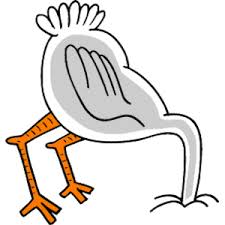
Even a tiny ant knows the difference between real food and material things that you cannot eat.
I know what I am and I know who I am. I knew this when I arrived into the world.
In my first 7 years I was so connected to my inner-authentic self that I was free to be me. Later I started to become a reflection of who the world was showing me I had to be.
As I became more like the world and less like me, I didn’t feel so real anymore.
The more I tried to be like others the less I knew about me.
The more I learned to want what others had the less I knew what I really wanted for myself.
The more I tried to do what others were doing, the less I could do things myself.
The more I tried to look like someone else, the less I started to look like myself.
The more I searched for approval from others, the less happy I felt about myself.
The more I listened to what others thought, the less I could hear my own voice.
The more I surrounded myself with non-living material things, the less space I had for things that are natural and real.
The more I followed other people’s dreams, the less dreams I achieved for myself.
We start life as real living things, we should just stay real until we die.
Then we can say we were really alive.
YW
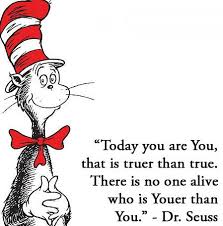


 Collaborative Mandala Artist: Lize Beekman
Collaborative Mandala Artist: Lize Beekman

 Exploring life in the village of his ancestors. Recica, Ohrid, Macedonia.
Exploring life in the village of his ancestors. Recica, Ohrid, Macedonia.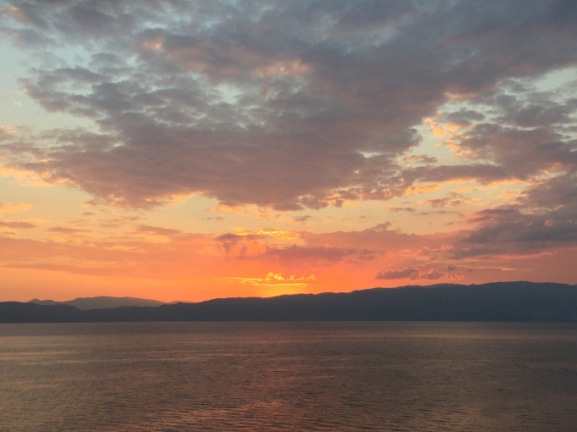 Sunset on Lake Ohrid, Macedonia
Sunset on Lake Ohrid, Macedonia Part of the Northcote Koori Mural on St Georges Rd Thornbury, Melbourne Australia.
Part of the Northcote Koori Mural on St Georges Rd Thornbury, Melbourne Australia.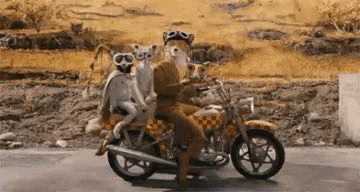 One of my favourite scenes from a Wes Anderson movie (and I literally have hundreds)
One of my favourite scenes from a Wes Anderson movie (and I literally have hundreds)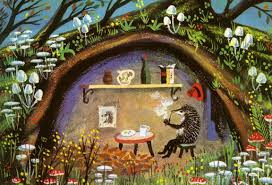 The smoking Hedgehog. Source: Jezeva Kucica by Branko Kopic
The smoking Hedgehog. Source: Jezeva Kucica by Branko Kopic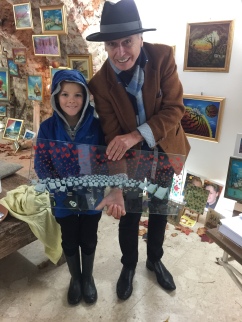 An artist we met in Zagreb, Croatia who invited us into his studio and showed us how to paint on glass in mirror image. The artist was so thrilled to have a child in his studio and share his craft with what he referred to as ‘the future’. A very common theme throughout this part of Europe and the Balkans regarding the importance of children as a continuation of life and culture.
An artist we met in Zagreb, Croatia who invited us into his studio and showed us how to paint on glass in mirror image. The artist was so thrilled to have a child in his studio and share his craft with what he referred to as ‘the future’. A very common theme throughout this part of Europe and the Balkans regarding the importance of children as a continuation of life and culture. Pula Arena, Croatia. “Looks like the Italians were here mum”.
Pula Arena, Croatia. “Looks like the Italians were here mum”. A couple of humble people we met on our travels. Expressing their existence, their joy and their culture and sharing it with us.
A couple of humble people we met on our travels. Expressing their existence, their joy and their culture and sharing it with us. Bruce Lee (the Statue) by sculptor Ivan Fijolić on display in the City Park of “Zrinjski Mostar
Bruce Lee (the Statue) by sculptor Ivan Fijolić on display in the City Park of “Zrinjski Mostar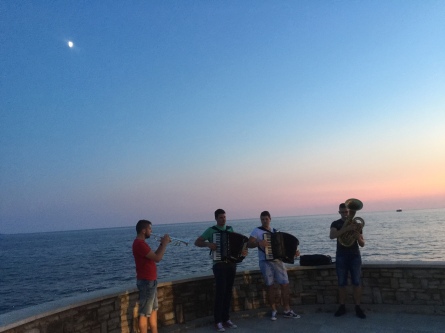




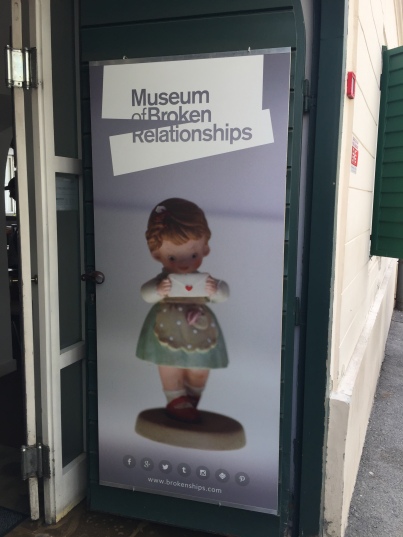
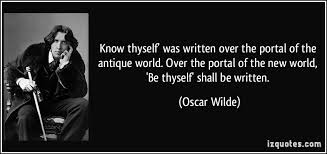


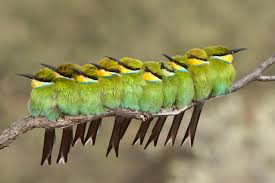





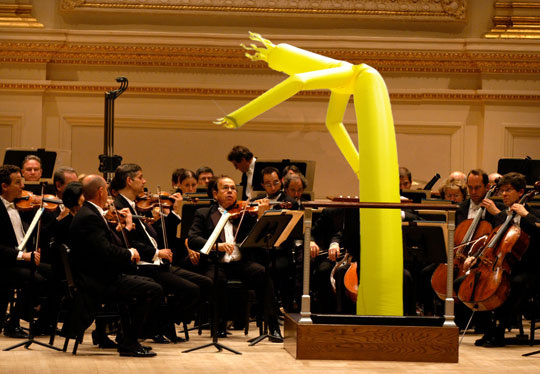



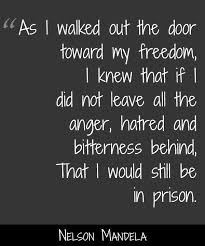


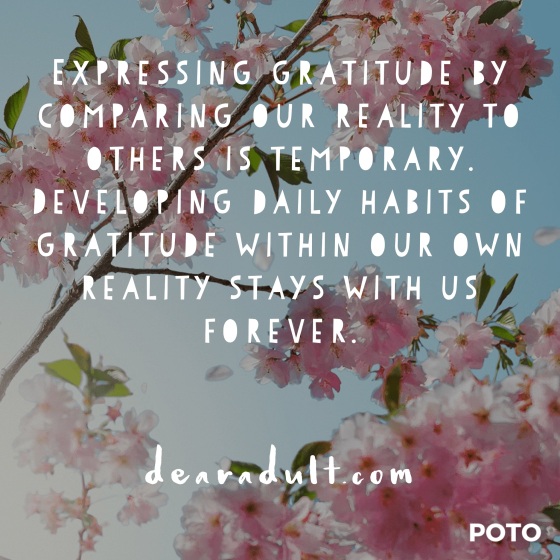






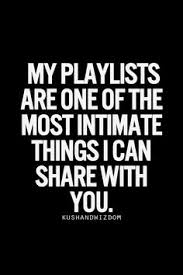
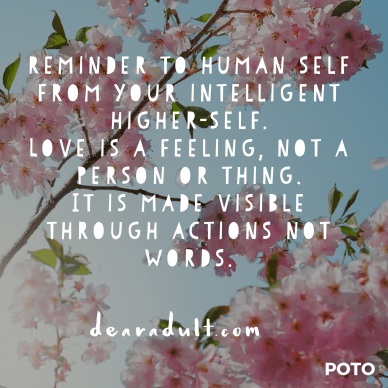
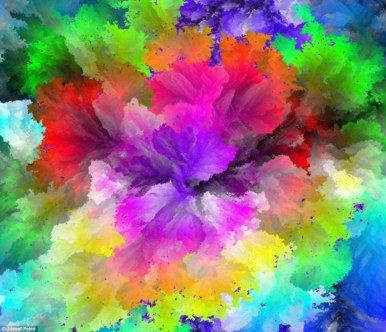
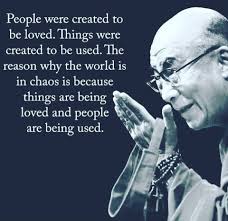
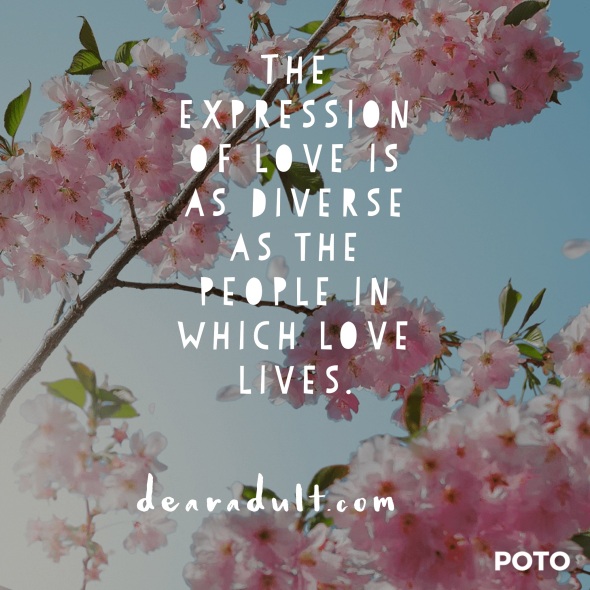
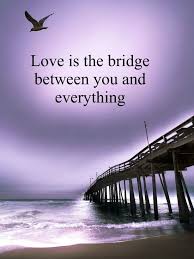





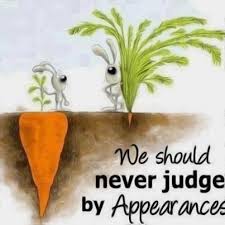


















 (Picture from The 1982 Kids’ Whole Future Catalog)
(Picture from The 1982 Kids’ Whole Future Catalog)








